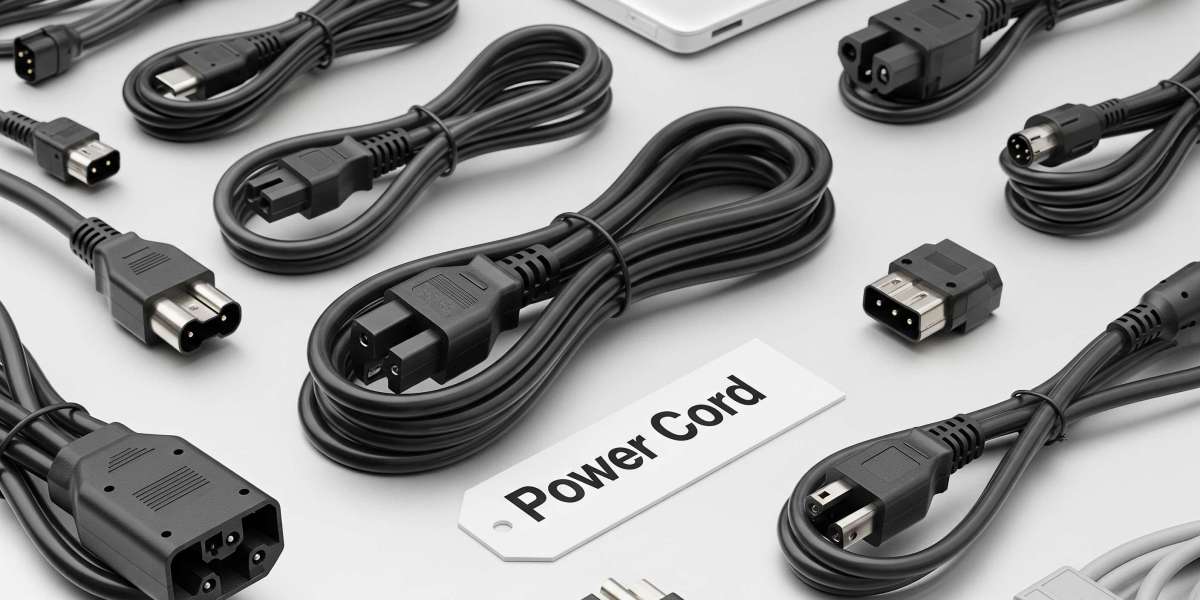Choosing the right power supply for your PC may seem confusing at first. Power supplies don’t look exciting compared to graphics cards or processors, but they play one of the most important roles inside your computer. Without the right PSU, your system won’t even turn on, or worse—it may become unstable.
The good news is that finding the best power supply for your computer is not as hard as it sounds. In this blog, we’ll make it simple and easy to understand, even if you’re not very technical.
Why the power supply matters
Every part of your PC, from the CPU to the graphics card to the fan, needs electricity. The power supply unit (PSU) delivers that electricity and makes sure each part receives the correct amount of power. If the PSU is too weak, your PC may crash or fail to boot. If it’s poor quality, it could even damage your components.
This is why the PSU is often called the “heart” of the computer. A good one keeps everything running smoothly, while a bad one can stop your PC cold.
Exact Answer: What power supply is best for my PC?
The best power supply for your PC is the one that has enough wattage to handle all your components, the right connectors for your hardware, and comes from a trusted quality brand. Most regular PCs do well with a 500–650 watt PSU, while gaming PCs with powerful graphics cards may need 750 watts or more. You should also look for a PSU with an IEC C13 cable connection, since that is the standard for desktops. If space is tight, pair it with an angled power cord for better cable management.
Step 1: Check your PC’s power needs
The first thing you should do is figure out how much power your system uses. Every part of your PC adds to the total wattage. The graphics card usually takes the most, followed by the CPU. Other parts like drives, fans, and memory take less.
If you have a simple office or school computer, you might only need around 300–400 watts. But if you’re into gaming or video editing, you may need at least 600–850 watts, depending on the graphics card. Always add a little extra headroom. For example, if your system needs about 500 watts, go for a 600 or 650 watt power supply.
Step 2: Make sure it has the right connectors
Power supplies come with multiple cables. The most important one is the 24-pin connector that plugs into the motherboard. Modern graphics cards may also need one or two 6-pin or 8-pin PCIe connectors. Your storage drives will need SATA power connectors.
If your PSU doesn’t have the right connectors, it won’t work for your system. Always check before you buy. A best-fit PSU has the correct type and number of connectors for all your hardware.
Step 3: Understand efficiency ratings
Not all power supplies are equal in efficiency. An efficient PSU delivers more power to your PC and wastes less as heat. Look for an 80 Plus rating—it comes in levels like Bronze, Silver, Gold, and Platinum. A Gold-rated PSU, for example, is both power-efficient and reliable. This can save electricity and also keep your PC cooler.
Step 4: Pick the right form factor
Most desktop computers use a standard ATX power supply. But small or slim cases may use smaller power supplies. Before buying, check your case size and make sure the PSU will actually fit physically inside your computer.
The role of the IEC C13 plug
Almost every desktop power supply uses an IEC C13 plug for its power connection. This is the three-hole connector that goes into the PSU. On the other end, the cable plugs into your country’s standard wall socket. So when buying a PSU, you don’t usually need to stress about the power cord—it’s nearly always the same IEC C13 type.
Why an angled power cord can help
In some setups, especially where your PC sits close to a wall, a regular power cord sticks out and bends awkwardly. That’s where an angled power cord comes in handy. It bends at 90 degrees, giving you more space behind your desk. It also reduces strain on the PSU’s power socket, which helps the cable last longer.
Step 5: Consider build quality
A power supply isn’t just about raw numbers. A good quality unit will last longer and protect your system better. Cheap, no-name PSUs sometimes fail quickly or even cause damage when they die. That’s why most people recommend choosing a brand known for quality rather than the cheapest model available.
Step 6: Think about upgrades
If you might add stronger parts in the future, like a more powerful graphics card, it’s smart to pick a PSU with extra wattage and connectors. It’s easier to plan ahead now than to replace the PSU again later when upgrading your PC.
Other helpful features
Some modern PSUs come with extra features that make life easier:
Modular cables: You can connect only the cables you need, keeping your case neat.
Silent fans: Better cooling and less noise at the same time.
Protection circuits: These prevent damage if there’s a power surge or short circuit.
Common mistakes to avoid
Many beginners make the mistake of buying the cheapest power supply they can find. This often leads to system instability and dangerous failures. Another mistake is buying too weak a PSU. If you pair a high-end graphics card with a low-power PSU, the system may not even turn on. Finally, don’t ignore connectors—missing just one plug means the PSU won’t run your hardware.
How to replace your PSU safely
When you know which PSU to buy, replacing it is simple but requires patience. First, unplug the IEC C13 cord from the wall. Then open your PC case and disconnect each cable one by one. Unscrew and slide out the old PSU. Place the new PSU in, screw it down, and reconnect all cables securely. Finally, plug it back in with the correct cord, and your PC should power up smoothly.
Final thoughts
So, how do you know what power supply is best for your PC? The answer is simple: choose one with the right wattage, the correct connectors, a trusted brand, and the right size for your case. Most PCs will use an IEC C13 cord for power, and in tight spaces, an angled power cord makes things more comfortable. Think of the PSU as long-term protection for your whole system. Choosing wisely ensures your computer runs fast, safe, and reliable for years to come.
Sources: https://www.seehowcan.com/top-5-mistakes-to-avoid-when-choosing-a-computer-power-cord/



